Underwater Glider Goes Searching for North Atlantic Right Whales
JASCO Applied Sciences and Teledyne Webb Research have teamed to deploy a Slocum G3 underwater glider fitted with JASCO’s OceanObserver intelligent acoustic monitoring system in the Gulf of Saint Lawrence.
With the support of Dalhousie University and the Ocean Tracking Network, the glider was deployed September 15 in the Orpheline Channel on a six-week test mission to attempt to detect and record North Atlantic right whales. In 2017, 12 individuals of this endangered species died in the Gulf, likely as a result of ship strikes and entanglements in fishing gear.
The 1.5-meter-long Slocum glider is a buoyancy driven underwater drone that rises and dives in the water to propel itself forward while gathering data. Onboard the vehicle, the OceanObserver system records the underwater sounds while running seven automated cetacean detectors that flag possible marine mammal calls. The glider comes to the surface every three hours to send the flagged events to shore. JASCO’s analysts review the events and send the confirmed detections to project stakeholders.
“DFO’s unprecedented move this year to protect the remaining right whales is amazing,” said JASCO bioacoustician Katie Kowarski, who reviews the data received from the glider. “They’ve created dynamic rules that change depending on where the whales are.”
These protections, including rerouting shipping lanes and temporarily closing fishing areas, are informed by visual surveys from vessels and planes, sightings reported by the public and acoustic detections from monitoring devices.
“This deployment is just a trial, but once we validate our results, hopefully we can contribute to this effort in future,” Kowarski said.
The OceanObserver is also recording the raw acoustic data and the metadata associated with the glider for post-analysis after the unit is retrieved.
John Moloney, JASCO’s project lead, said, “This system is truly world-leading technology. This drone can help stakeholders monitor for multiple types of marine species simultaneously without the operating cost of a vessel or aircraft. Leveraging the capabilities of modern robotics and computers, it can operate day and night and in most weather conditions and it delivers near real-time data to inform conservation decisions. These technological advances are being developed right here in Atlantic Canada for the protection of right whales in our own backyard. This is important and gratifying work.”
The Ocean Tracking Network is providing deployment, recovery, and financial support for the project. The Slocum glider and piloting services are being provided by Teledyne Webb Research.





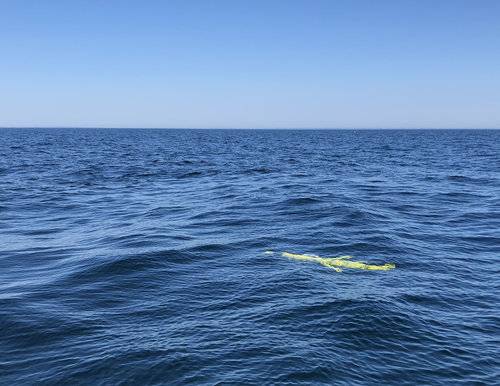
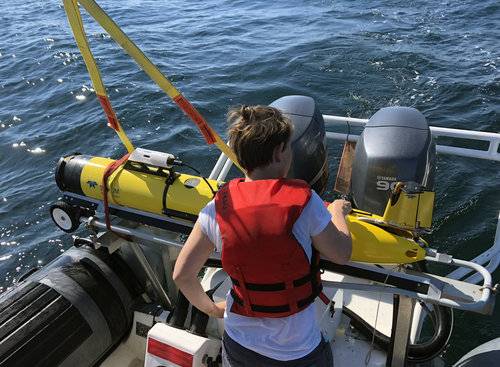
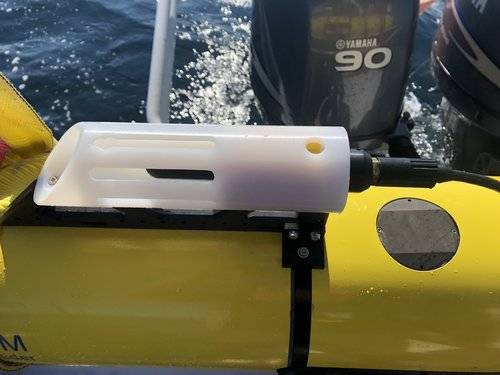
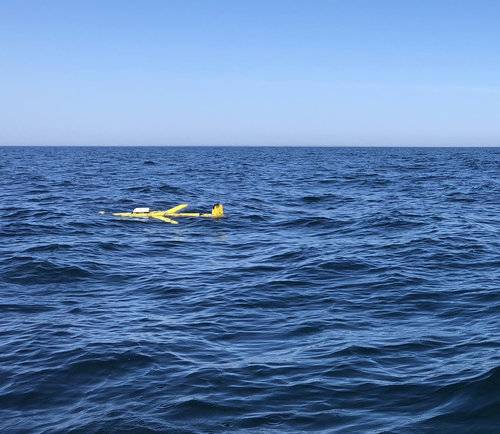

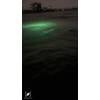










 December 2025
December 2025



